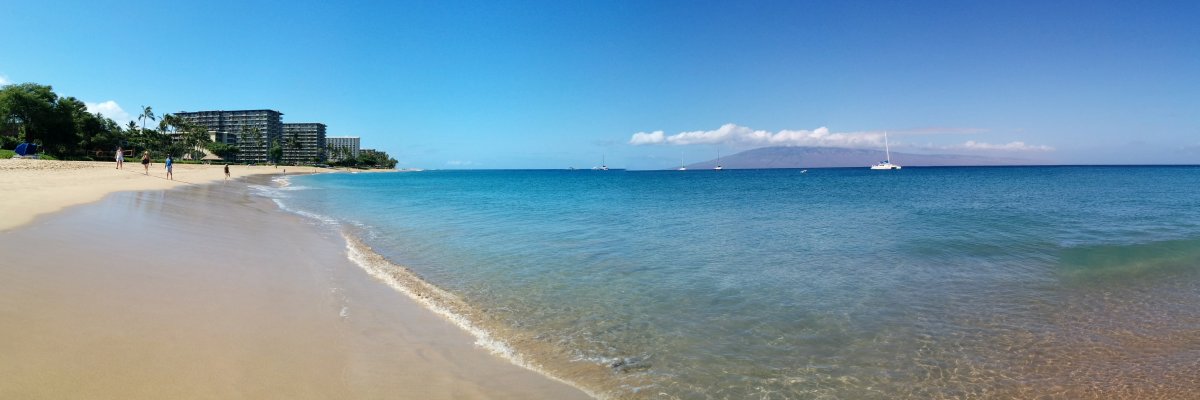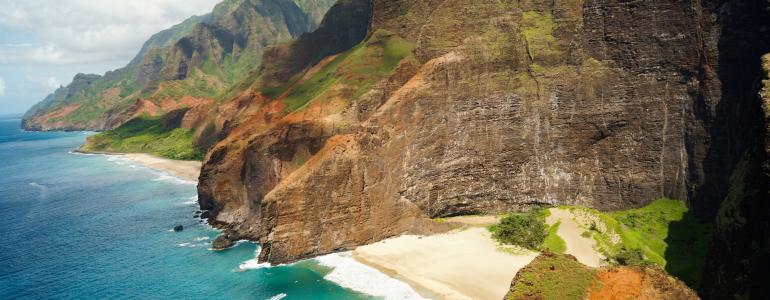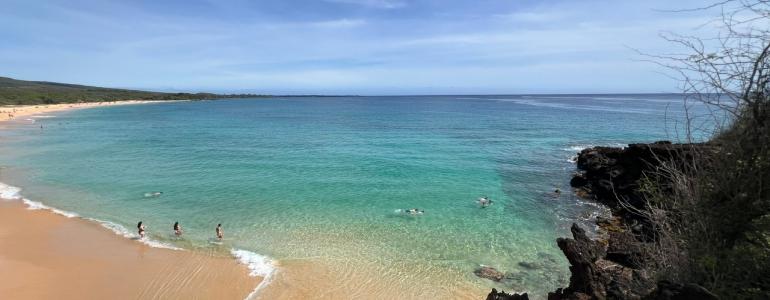Beachtime is high on the list of anyone visiting Hawaii, and Hawaii doesn't disappoint. There is a beach for everyone there, including gorgeous black, red, white, or green sand beaches—Hawaii has them all!
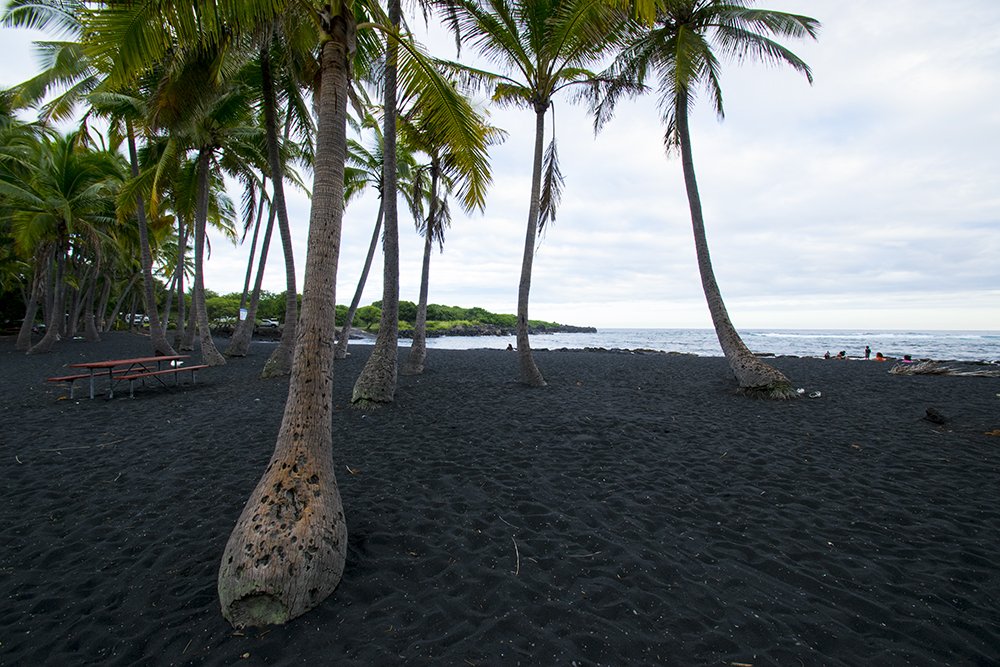
Lucky for you, all beaches in Hawaii are open to the public, with the exception of certain areas under direct control by Federal Government areas. That's right—there are NO private beaches in Hawaii!
According to the Hawai'i Supreme Court, any land below the highest wave line is considered state property and open to the public. In general, the highest wave line is where wet sand changes to dry sand, found only during the peak hours of high tides.
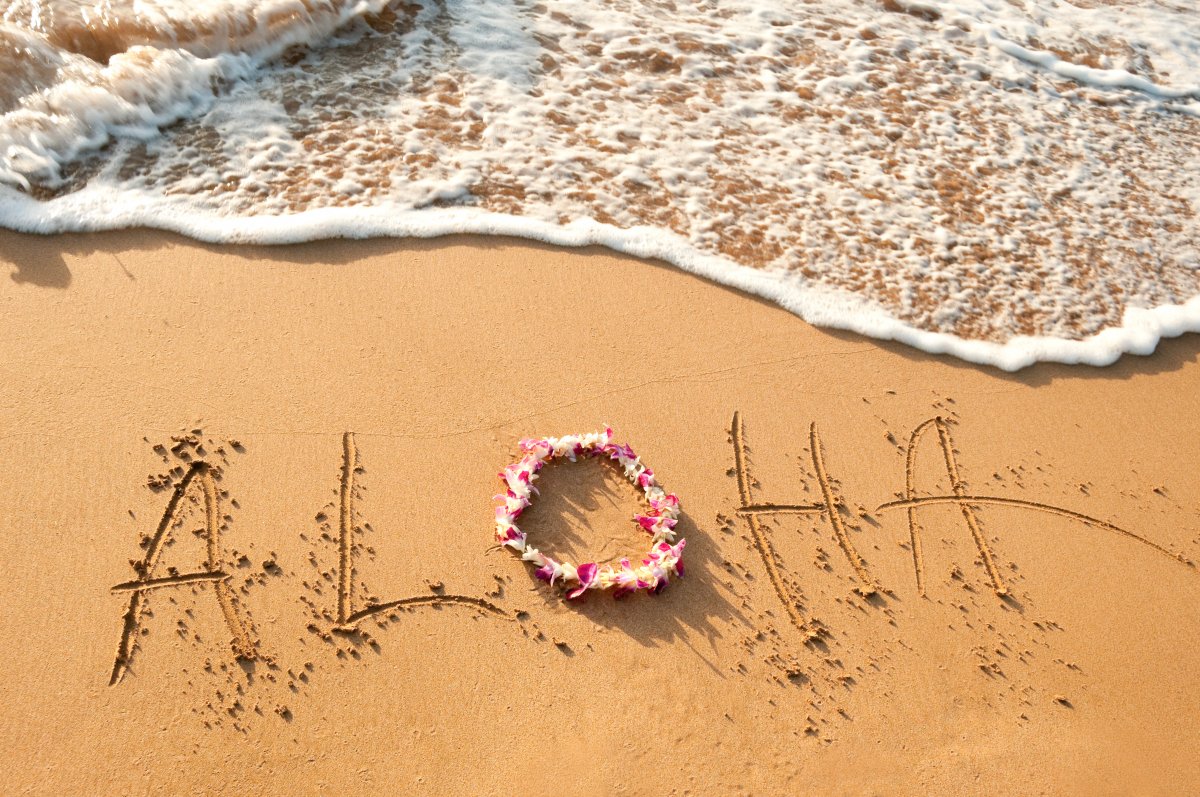
In the past, some private landowners camouflaged beach access points in Hawaii to add additional privacy by blocking beach pathways. However, that should not be an issue today, as it is now a public offense and misdemeanor to block public access to beaches. There are a couple of things to be mindful of when visiting.
Non-Hawaii Resident Beach Access Fees
Counties in Hawaii have been implementing non-resident beach access fees. Here are a few below.
Maui Beach Access Fees: Maui County has implemented a beach-access fee for non-residents on some beaches: Kamaole Beach Parks I, II, and III in Kihei and Ulua/Mokapu Beach in Wailea charge an access fee of $10 per day. You can also purchase weekly or monthly parking passes.
Big Island Beach Access Fees: Beaches along the resort-heavy Kohala Coast have started charging access fees. Hapuna Beach Park charges $10 for parking for non-residents. The county also charges $5 for access to any State Beach Park; toddlers under three years old are free.
Other than the price of admission, the only thing that may limit public beach access is the natural vegetation that grows along the shorelines. Naupaka (most commonly found), Beach Morning Glory, and Beach Heliotrope are the three plants found growing near the shorelines. If not regularly maintained, the natural flora can overtake and limit public access. Thankfully, the county government and private landowners are required to provide public access and maintain the natural plantation in the area.
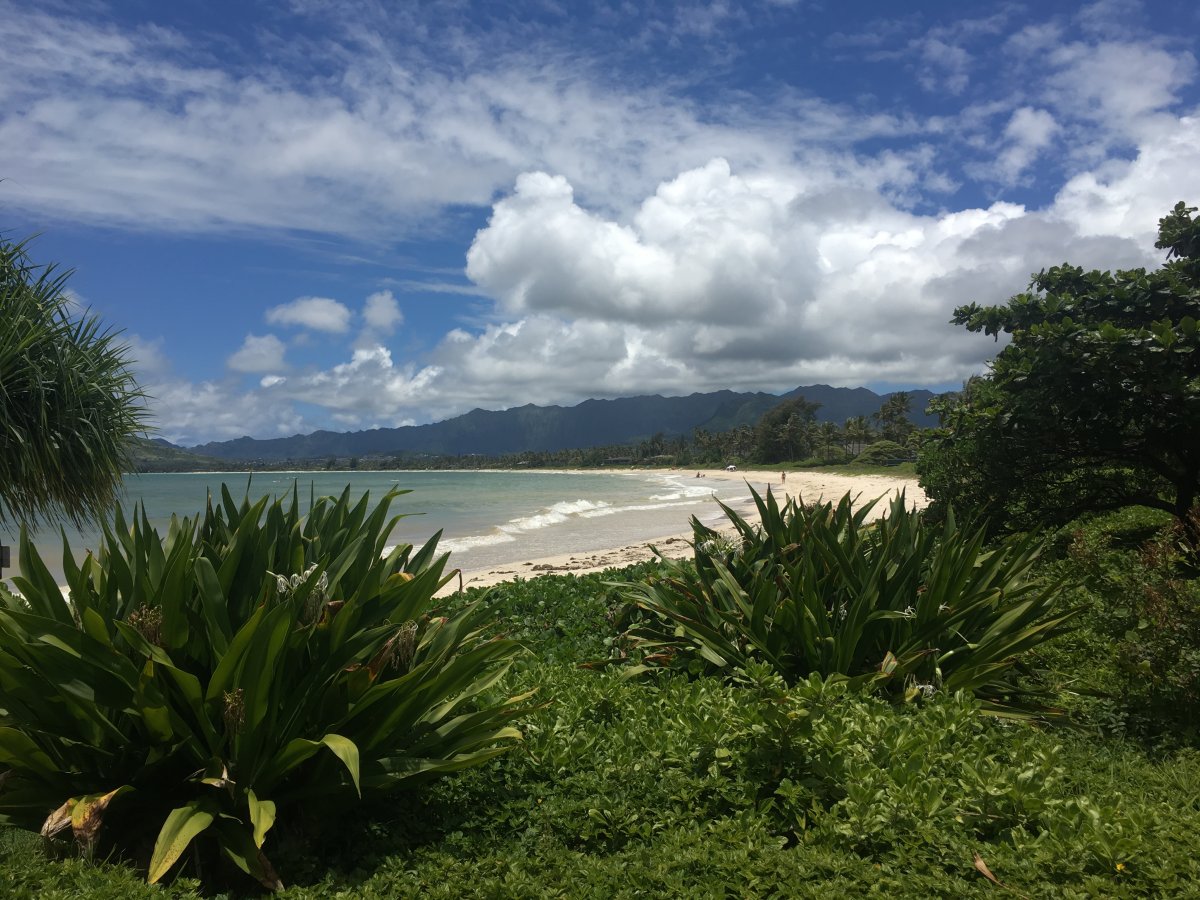
We recommend visiting the more established beaches in Hawaii and avoiding swimming without a lifeguard. The ocean currents and tides can be treacherous, especially during certain times of the year. For example, the northern shores of all islands can have huge waves during the winter months, making them dangerous for swimming. Popular beaches are considered 'established' because of their safety, including ocean currents and lifeguards.

If you decide to venture to a remote beach, it is best to always use the buddy system when swimming and never turn your back on the ocean. Also, Hawaii law now dictates that all sunscreens need to be reef-safe; reef-safe sunscreens are those with zinc oxide or titanium dioxide. You can easily find these at any ABC store or supermarket in Hawaii.
Coral reefs are sharp, rock-like marine life. Although they may look tough, they are actually quite fragile. Before heading into the water, always look before you step and ensure you do not step on the reef.
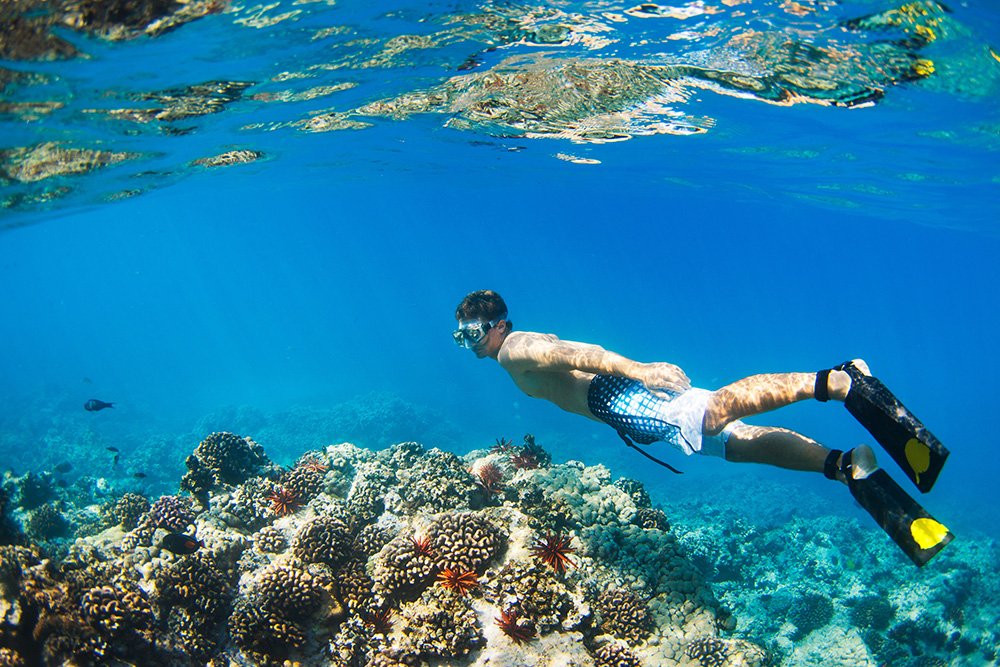
So enjoy your holiday, look out for Public Beach Access points - and as always—have fun!
